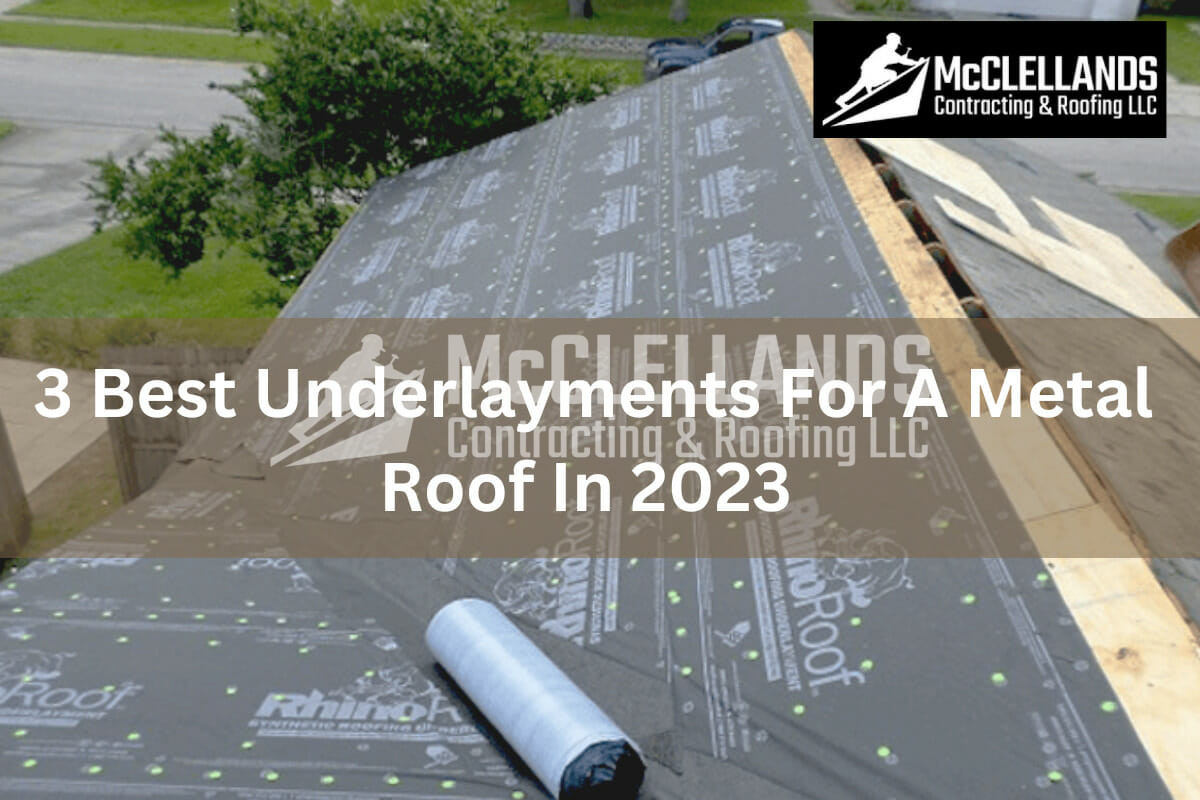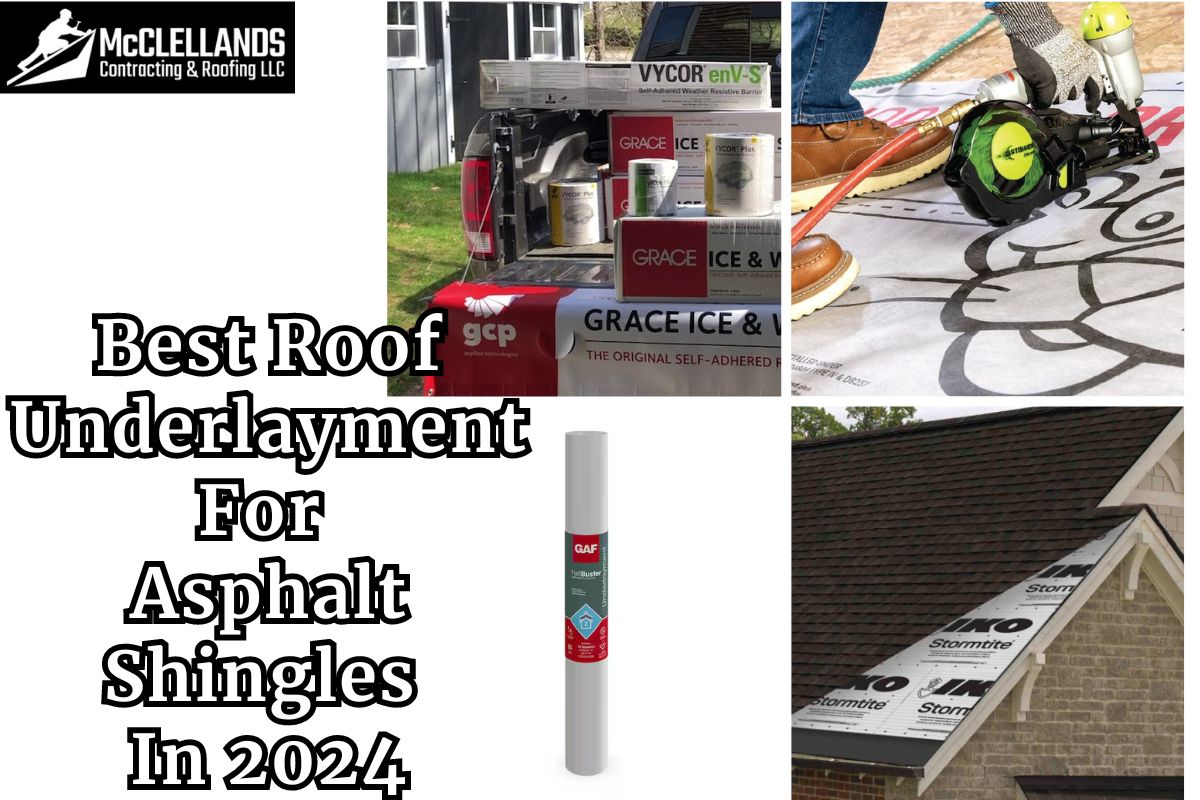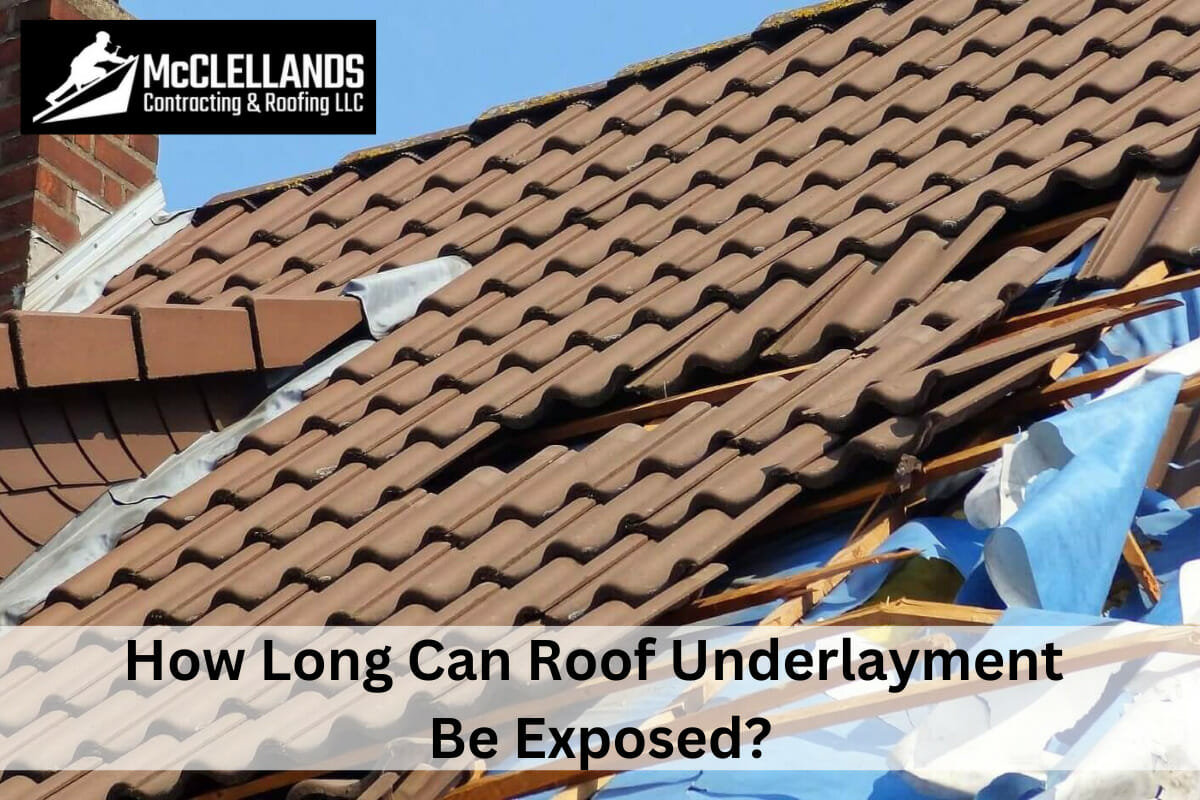Metal roofs have gained significant popularity in recent years due to their durability, energy efficiency, and ability to provide exceptional aesthetic appeal. However, regardless of your roofing material, every roofing system has another protective layer.
Beneath the sleek and robust exterior of a metal roof lies a critical component that often goes unnoticed: the underlayment. Serving as a vital layer of protection, insulation, and moisture control, the underlayment plays a crucial role in ensuring the longevity and performance of metal roofs.
In 2023, it's essential to stay informed about the best underlayment options available. In this blog post, we will reveal the top three underlayment choices for metal roofs.
What Is Roof Underlayment?
As we know, a roof comprises several layers or components, also known as parts of a roof. The roofing material is the topmost layer that is visible to you and your neighbors, but just below that top layer is the roof underlayment.
Underlayment is a protective layer installed directly on the roof deck before the final roofing material is applied. It serves as an additional barrier between the roof deck and the roofing material, providing numerous benefits for the overall roofing system.
3 Of The Best Metal Roof Underlayments
The following are the best roofing underlayments for metal roofs, along with the brands that manufacture them.
#1 Felt Underlayment
When it comes to reliable and time-tested underlayment options for a metal roof, felt underlayment stands out as a classic choice. This traditional, yet effective material, has been used in roofing applications for decades and still remains one of the best forms of underlayment.
Felt underlayment, also known as asphalt-saturated felt or roofing felt, is typically made from a base of cellulose or fiberglass mat, which is then saturated with asphalt. This combination creates a durable and water-resistant barrier that helps protect the roof deck from moisture infiltration.
Types Of Felt Underlayment
Felt underlayment is divided into two categories, depending on thickness. The variants come in 15 mil and 30 mil thicknesses, known as #15 and #30. The thicker variant is more durable and can resist weather conditions better. However, due to its thickness, it can be challenging to transport and install on the roof.
Pros of Felt Underlayment
Felt Underlayment Is Affordable
Compared to some of the newer synthetic options, felt underlayment is generally less expensive because of the presence of asphalt, so it’s your best option if you’re on a tight budget.
Cons of Felt Underlayment
Low Durability Against Harsh Weather
Felt underlayment has limitations in terms of its resistance to extreme weather conditions. A more robust underlayment option is recommended if you live in an area prone to high winds or heavy rainfall.
Cannot Withstand Extreme Temperatures.
Another limitation of felt underlayment is its limited ability to withstand temperature changes. Felt underlayment can become brittle over time, especially when exposed to extreme temperature fluctuations.
Shorter Lifespan Compared To Synthetic Underlayment
Metal roofs last around 50 to 60 years, which is longer than asphalt shingles. However, felt underlayment does not have a similar lifespan and may wear out quicker than the roofing material lying upon it.
Though felt roof underlayment is not as popular as it was a few years ago, many homeowners still prefer it for their metal roofing system. It’s still a good option when installed properly and maintained regularly with the rest of the roofing system.
Best Product To Consider
- Warrior Roofing 30W Roofing Felt
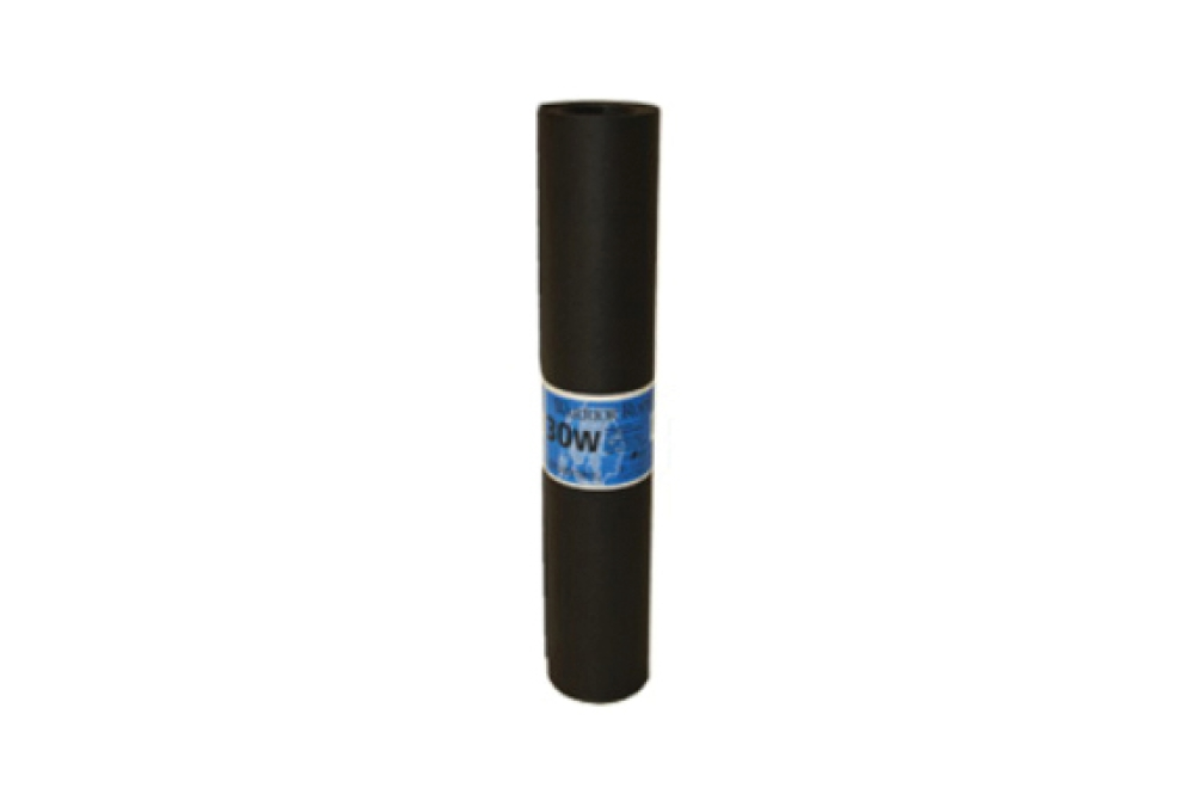
#2 Synthetic Roof Underlayment
As technology advances, the roofing industry has seen the emergence of newer and more advanced underlayment options. One such option is synthetic underlayment, which has become the best underlayment for metal roofing in recent years. This is due to its superior performance and durability which has caused it to steadily take over a large share of the market from felt underlayment.
As the words suggest, synthetic underlayment is made from synthetic chemical-based materials, such as polypropylene, polyester, or a blend of both. Unlike felt underlayment, which relies on asphalt for water resistance, synthetic underlayment uses advanced polymer technology.
Pros Of Synthetic Roof Underlayment
One of the most significant advantages of synthetic underlayment is its exceptional resistance to water and moisture. Due to its non-absorbent properties, synthetic underlayment is less susceptible to mold, mildew, and other forms of water damage, providing a more reliable and long-lasting layer of protection for the roof deck.
Synthetic underlayment is also lightweight and durable, making it easy to handle during installation and less prone to tearing or damage. Its advanced polymer construction makes it highly resistant to temperature changes, UV rays, and wind uplift, ensuring that it can withstand even the harshest weather conditions.
Cons Of Synthetic Roof Underlayment
Cost Can Be An Issue
It's important to note that synthetic underlayment is generally more expensive than felt underlayment. So if you are a homeowner looking for an affordable underlayment, this option may be out of your price range.
Tough To Install
Synthetic underlayment requires professional installation. It needs to be carefully installed over the roof decking, as improper installation can create gaps and seams which cause leaks.
Best Product To Consider
- GAF Deck-Armor™ Premium Breathable Roof Deck Protection
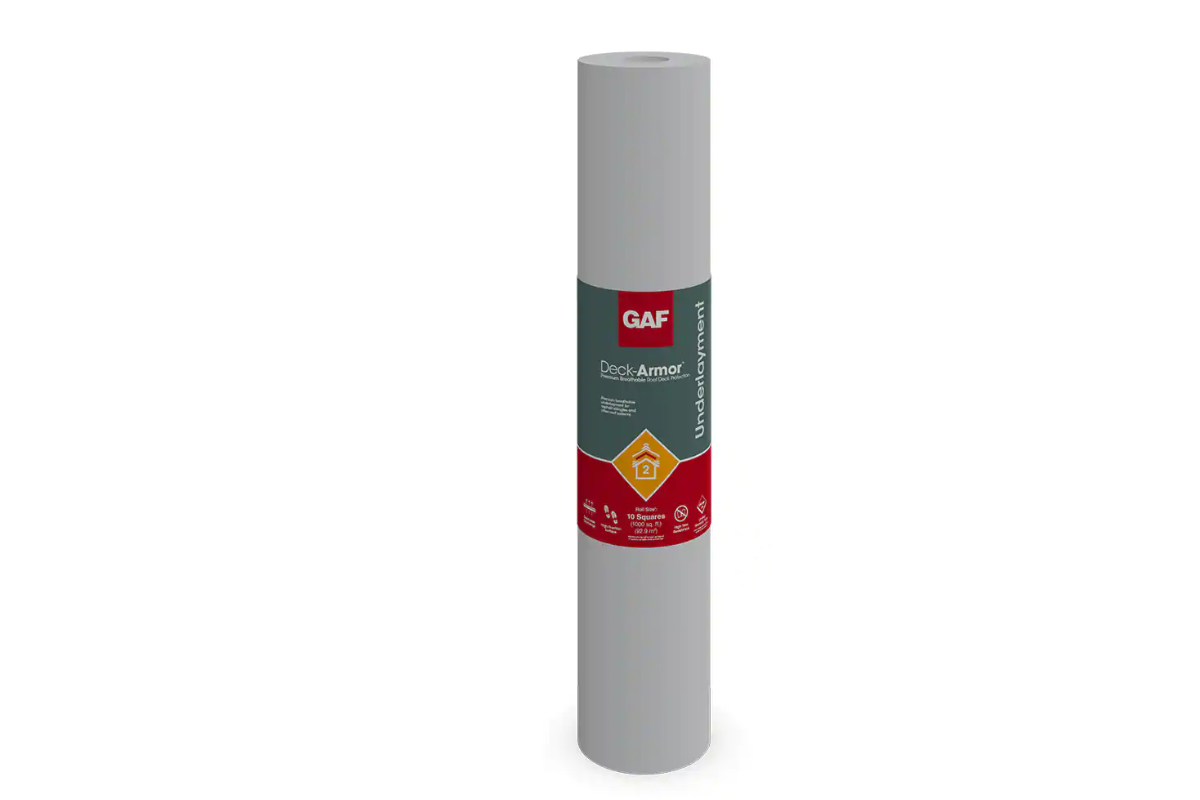
- GCP Tri-Flex XT Black Synthetic Roll Roofing Underlayment
#3 Self-Adhered Underlayment
Over the last few years, we have also seen a rise in the sale of self-adhered underlayment.
This is a relatively new and innovative option for metal roofs that’s gained popularity in recent years.
Unlike traditional underlayment options, self-adhered underlayment comes with a built-in adhesive layer that eliminates the need for additional adhesives or fasteners during installation.
Self-adhered underlayment is typically made from a rubberized asphalt material that provides superior waterproofing and weather-resistant properties. It can be rolled out onto the roof deck and adhered to in place with minimal effort or expertise.
In this type of metal roof underlayment, the top layer remains synthetic, coupled with a layer of modified bitumen that offers added durability. The final layer is adhesive based, and you will need to peel the protective film on this layer and install it on the roof carefully.
Pros of Self-Adhered Underlayment
Highly Durable
One of the biggest advantages of self-adhered underlayment is that it is highly resistant to water, moisture, and harsh winds. Since this underlayment does not require nailing, it leaves no gaps for water to seep through.
Easy To Install
A peel-and-stick underlayment is lightweight and does not require nailing, making it much easier to install than other underlayments for metal roofs. However, you will still need to hire a professional roofing contractor for the installation.
Flexible
The toughness of self-adhered underlayment allows it to withstand various external forces and potential impacts. It can resist tearing or puncturing, providing a robust barrier against possible damage.
Cons of Self-Adhered Underlayment
Not Suitable For Areas With Cold Temperatures
In colder temperatures, the rubberized asphalt material used in this underlayment becomes less flexible and more rigid, which makes it problematic for use in colder temperatures.
Product To Consider
- Grace Ice and Water Shield HT Self-Adhered Roofing Underlayment
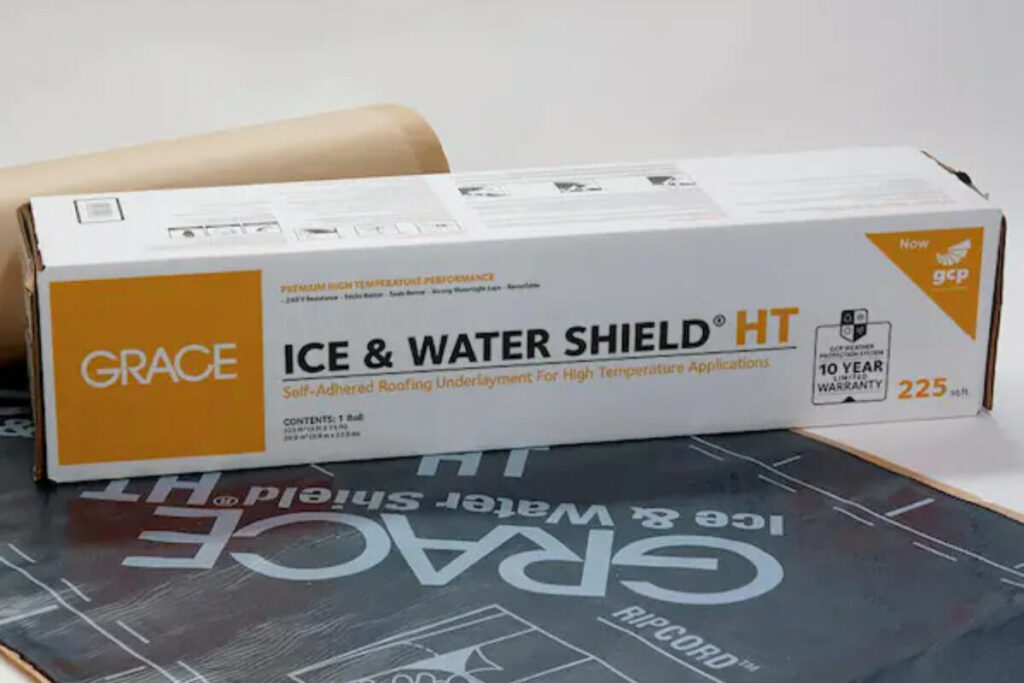
Get What’s Best For Your Metal Roof
The right underlayment is the hidden hero that ensures your metal roof stays strong and protected for years to come. Don't compromise on quality, make the best choice for your roof's longevity and performance.
If you need expert assistance with your metal roof, look no further than McClellands Contracting and Roofing. Our experienced team is ready to take care of all your roofing needs, and we offer the best roof replacement services in Pittsburgh. Contact us today at (412) 353-5660 for a reliable and professional roofing solution.

